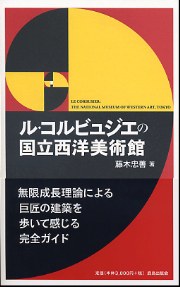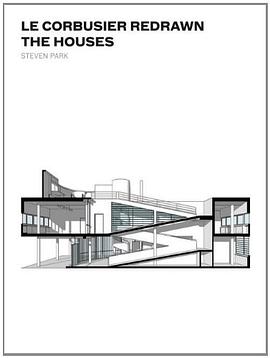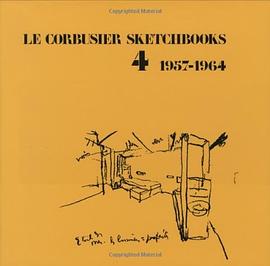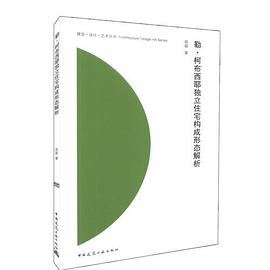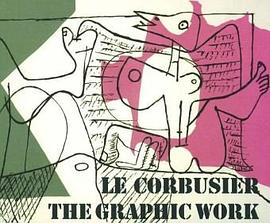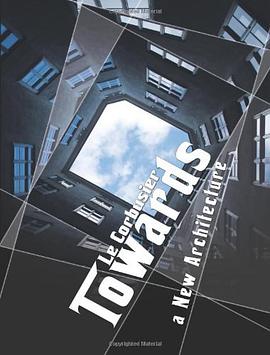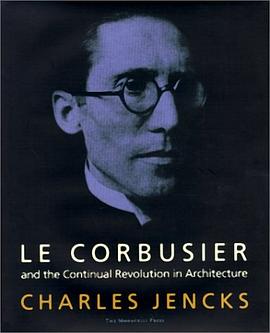

Famed Swiss-French architect Le Corbusier dominated 20th-century architecture much the way Picasso dominated painting. His outstanding achievements, his vision of a harmonious machine civilization, his paintings, drawings, sculpture, architecture, city planning, and writing together compose a portrait of the architect as ìprotean creator.î Like the classic Renaissance Man, Le Corbusier was versed in many fields and largely self-taught, and this gave his work a forceful personal stamp. These qualities also led to serious flaws with several of his ideas, particularly those on city planning, and to an unending conflict with society.
This critical biography looks at Le Corbusier from all angels, including his personal life. Taking into account recent scholarship and new theories of architectural change, Le Corbusier and the Continual Revolution in Architecture explores the notion that the architect was driven by a prophetic voice to at once save and do battle with an industrialized society. Noted architectural historian Charles Jencks chronicles the transformation of Le Corbusierís early regionalist work, his emergence as a modernist leader in the 1920s, his use of metaphor and striking forms at Ronchamp and La Tourette, and the symbolism of his monumental forms at Chandigarh, demonstrating how Le Corbusier continually stayed well ahead of his followers to revolutionize the art of architecture over and over again.
具体描述
读后感
评分
评分
评分
评分
用户评价
相关图书
本站所有内容均为互联网搜索引擎提供的公开搜索信息,本站不存储任何数据与内容,任何内容与数据均与本站无关,如有需要请联系相关搜索引擎包括但不限于百度,google,bing,sogou 等
© 2025 book.wenda123.org All Rights Reserved. 图书目录大全 版权所有


